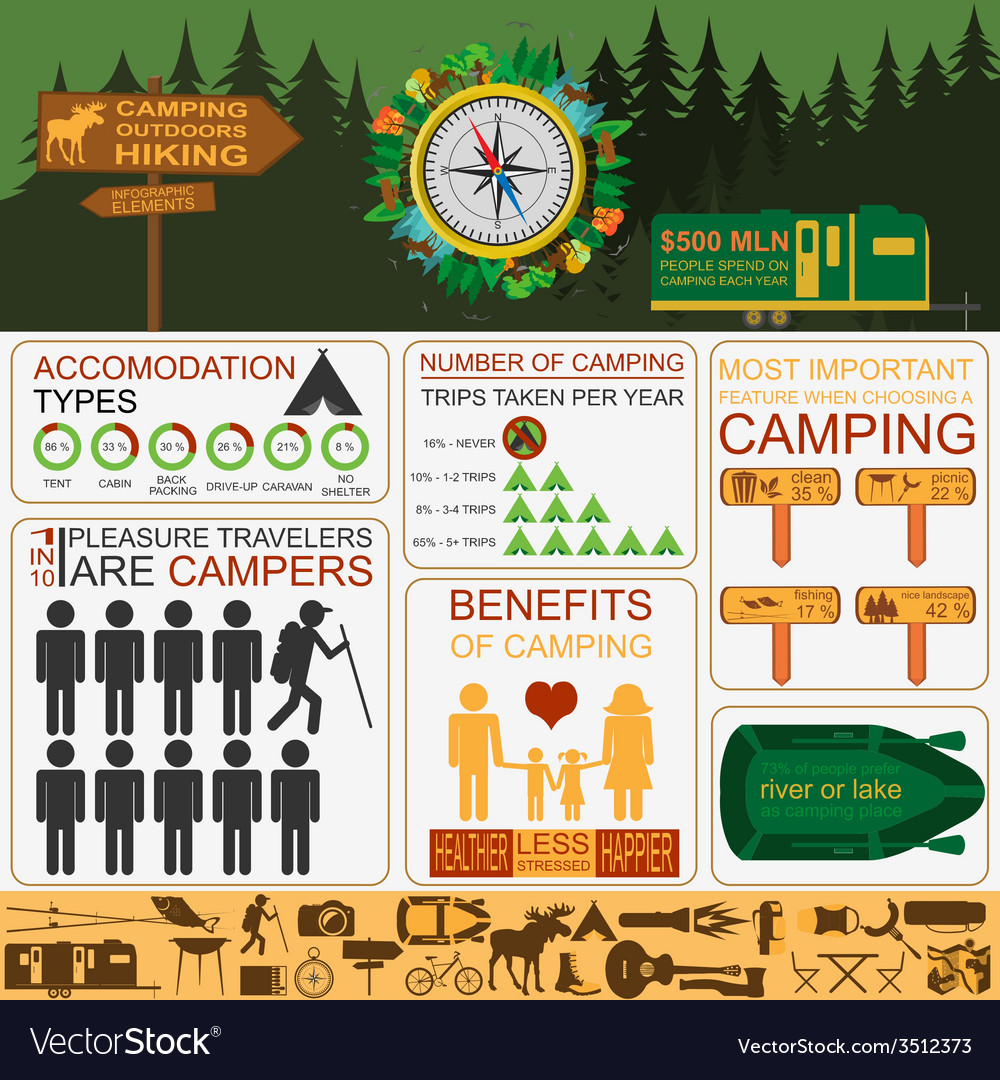Read This If It Is Difficult For You To Sell Camping Tents Online
Read This If It Is Difficult For You To Sell Camping Tents Online
Blog Article
Does Your Backpacking Camping Tent Need an Impact?
An impact is pricey and includes added weight to your knapsack. It additionally isn't specifically resilient.
How long should a tent stay waterproof?
Ultimately, whether a tent footprint is necessary depends on where and how frequently you're camping. In general, it's a good idea to make use of one if you camp on unpleasant surface areas or in damp problems.
Camping Tents with Reduced Deniers and Water Resistant Scores
Camping tents with lower deniers and waterproof rankings often tend to be lighter, yet they can additionally be a lot more vulnerable. They may need more frequent repairs and have much less indoor room than tougher models. If you're a casual backpacker that suches as to travel quick and light, this might be fine; nonetheless, even more seasoned walkers understand that sacrificing resilience can come with large effects down the path.
The denier and water resistant score of a tent's cover, rainfly, and flooring can assist you identify its livability. Search for higher-denier fabrics on the cover and rainfly, as well as taped seams that aid protect against water from leaking with stitches. Some producers even use warmth and sealer during construction to create a more powerful joint; these are called welded seams.
The livability of an outdoor tents can likewise be identified by its floor measurements and ability. A camping tent's floor should be a little smaller sized than the footprint to prevent water from merging under the sanctuary.
Tents in Rough Terrain
Several backpacking camping tents include an impact developed specifically for their design, which helps make certain an appropriate fit and safeguards the tent's base from wetness and sharp objects. Other makers offer universal footprints that can be cut or folded to match a tent's measurements.
The kind of terrain you'll run into is one more essential factor to consider for selecting a camping tent. For instance, if you'll be camping in a canyon or gully, try to find a shelter that can take care of solid winds. These conditions develop turbulence that can make the distinction between appreciating your camping area or suffering pain.
The capability and peak elevation of a tent offer you a great idea of its livability, however additional variables to think about include vestibules (the area of the rainfly covering the doors) and overall storage area. For example, throughout our winter season screening of the Marmot Tungsten, its generous 93-by-82-inch flooring conveniently managed four perspiring backpackers and their puffier shoulder period sleeping bags while still leaving enough space for equipment and people.
Outdoors Tents in Damp Conditions
Even if your camping tent shows up dry, dampness lurks in the spaces and crannies. In time, it can weaken the material. That's why it's so vital to make the most of day of rest to deep-clean your camping tent and its parts, such as zipper linings, stake loopholes and flexible webbing straps.
Additionally, make sure to pitch your camping tent in a level area, not a divot or concave place, so that ground water does not collect in between the tent floor and footprint or tarpaulin. And if you're using an impact, consider a custom-cut one created for your tent's floor plan. It will not collect rainwater the means a generic ground cloth or tarpaulin can.
Technique setting up and removing your tent in the house before you hit the road, to obtain a feel for how swiftly and efficiently you can do it. Likewise, technique staking out your camping tent in various terrains to see exactly how very easy it is (or isn't) to do in bad weather conditions.
Tents in High-Rise Situations
Camping tents vary in floor size and livability. As an example, a large camping tent with twin doors and vestibules like Marmot's Tungsten can handle four backpackers without calling for gymnastics to get in and out or to store gear.
The minimum route weight specification is the very best specification to compare designs, as it consists of the bare essentials: camping tent body, rainfly and posts. Yet keep in mind that the spec omits outdoor tents stakes, person lines and things sacks.
The majority of backpacking tents can hold canvas tent with stove up to a light summertime tornado, but some can be swept away by gale-force gusts. Search for a design with solid posts, a raised bathtub-style floor and joint taping to lower the chance of water leaking with. Costlier layouts also tend to feature more powerful products that can stand up to the impact of debris and other forces.
What is real camping?
